An In Depth Guide to the Sea Turtles of Gili Trawangan
Sea turtles are one of the major draws for tourists coming to Gili Trawangan. Being able to dive and snorkel around these incredible creatures is a beautiful experience and is almost guaranteed in the Gilis with the large populations of turtles.
There are two species of sea turtles found around Gili Trawangan, Green and Hawksbill. To find out all about them, where they live, and their conservation status, read on.
Green Turtles
This species is common around the Gili Islands. They are large turtles growing up to 1.5 metres in length and can weigh up to a massive 300 kilograms.
Contrary to what most people believe they are not green in colour but are called green turtles after the colour of their meat. Their diet consists of mainly sea grass, which causes their meat to turn green.
Because they eat so much sea grass they are an integral part of the ecosystem. Cultivating the sea grass provides costal protecting and provides a safe nursery for many juvenile fish.
One of the ways to recognize green turtles is by the shape of their mouth, which is designed for eating sea grass. This blunt beak shape sets them apart from that hawksbill turtles that also live in the region.
It’s not known exactly how old green turtles can get but there are definitely turtles that are more than 60 or 70 years old.
Hawksbill Turtles
Hawksbill turtles are easily identified by their hawk-like beaks that allow them to reach food. They are smaller than green turtles at around 1 meter long when fully grown. Their shells are generally darker and the segments are less smooth than green turtles.
Another telling trait is that they have 2 claws on each of their flippers where greens only have 1. They use these claws as hooks to hang on to rocks or reefs while they poke around for food with their beak.
Hawksbills are less common than green turtles around Gili Trawangan but are still often spotted off the beach in front of Villa Almarik. The reefs here are rich in all the things these omnivores like to eat like algae, jellyfish, and small fish.
Hawksbill turtles have been known to live between 30 and 50 years. They, like most other turtles, return to nest on specific beaches. Many lay their eggs on the beaches of Gili Trawangan.
Turtle Conservation on Gili Trawangan
On Gili Trawangan measures have been taken by Gili Eco Trust, local government and tourist businesses on the island to conserve sea turtles.
Turtles require clean, quiet beaches to lay their eggs on and will stay away from busy, touristy areas. As Gili Trawangan became busier over the past decade, turtle numbers reduced. Thankfully initiatives to clean up, uncover and safeguard the beaches, turtle numbers have started to increase again.
It is imperative for everyone to work together to ensure a safe environment for these wonderful creatures. The Villa Almarik staff does their part in welcoming the turtles onto the beach by clearing loungers at night and checking for turtle eggs in the mornings before they are put out again.
If you’d like to learn more about turtle conservation in Gili Trawangan read our article Saving a Sea Turtle Paradise: Eco-Tourism and Conservation on Gili Trawangan
Any questions or stories about sea turtles in Gili Trawangan? We love to be able to share our knowledge and also hear about your experiences so leave us a message in the comments box below.

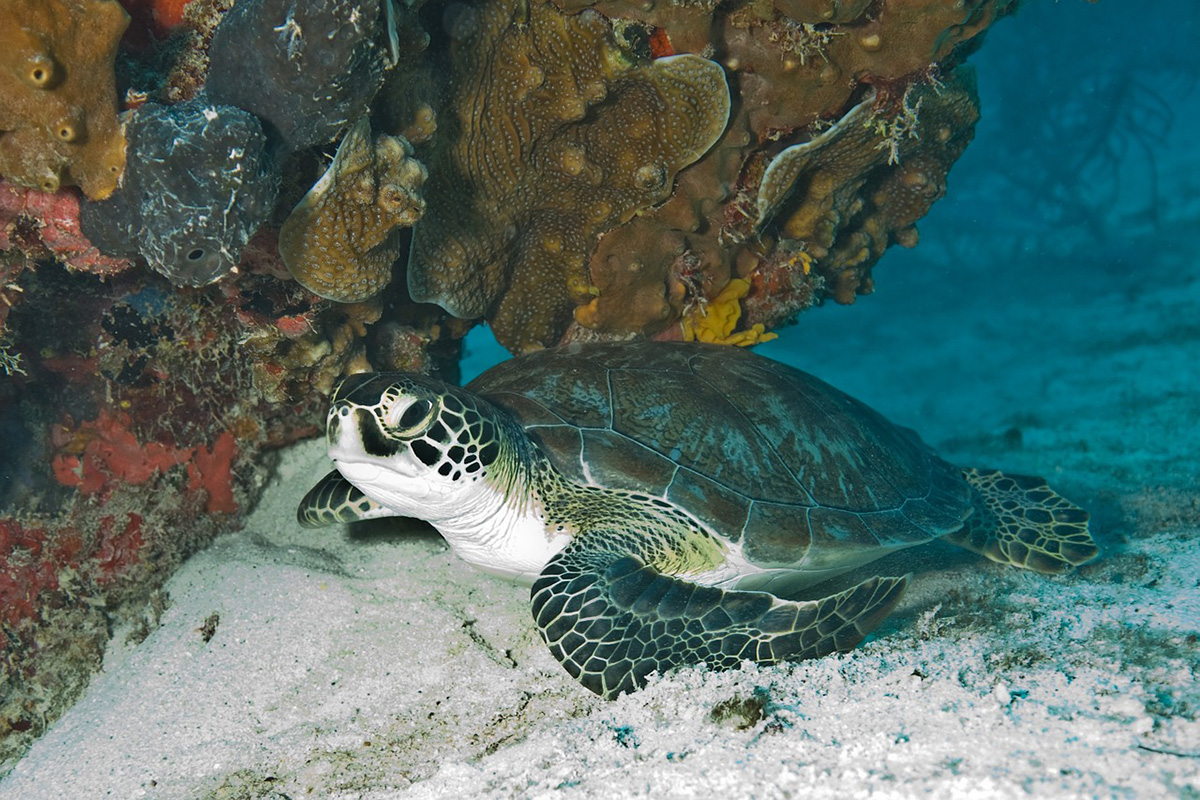
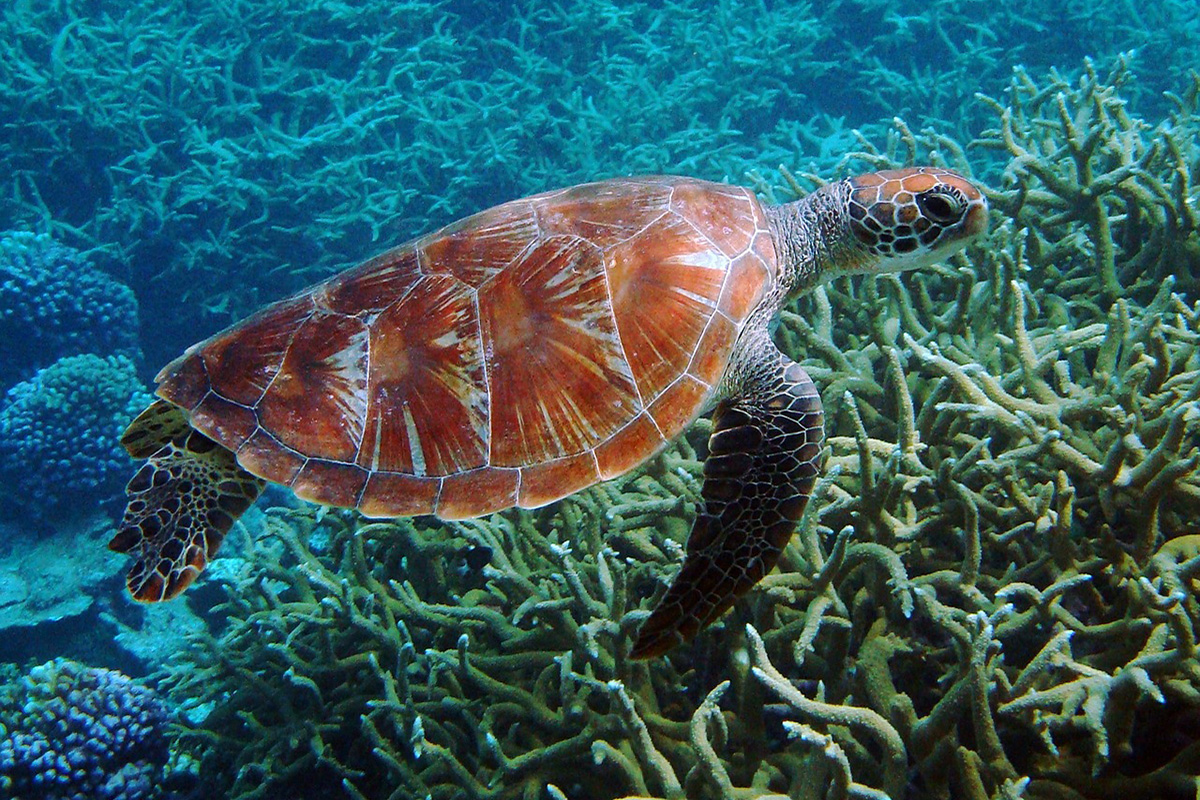
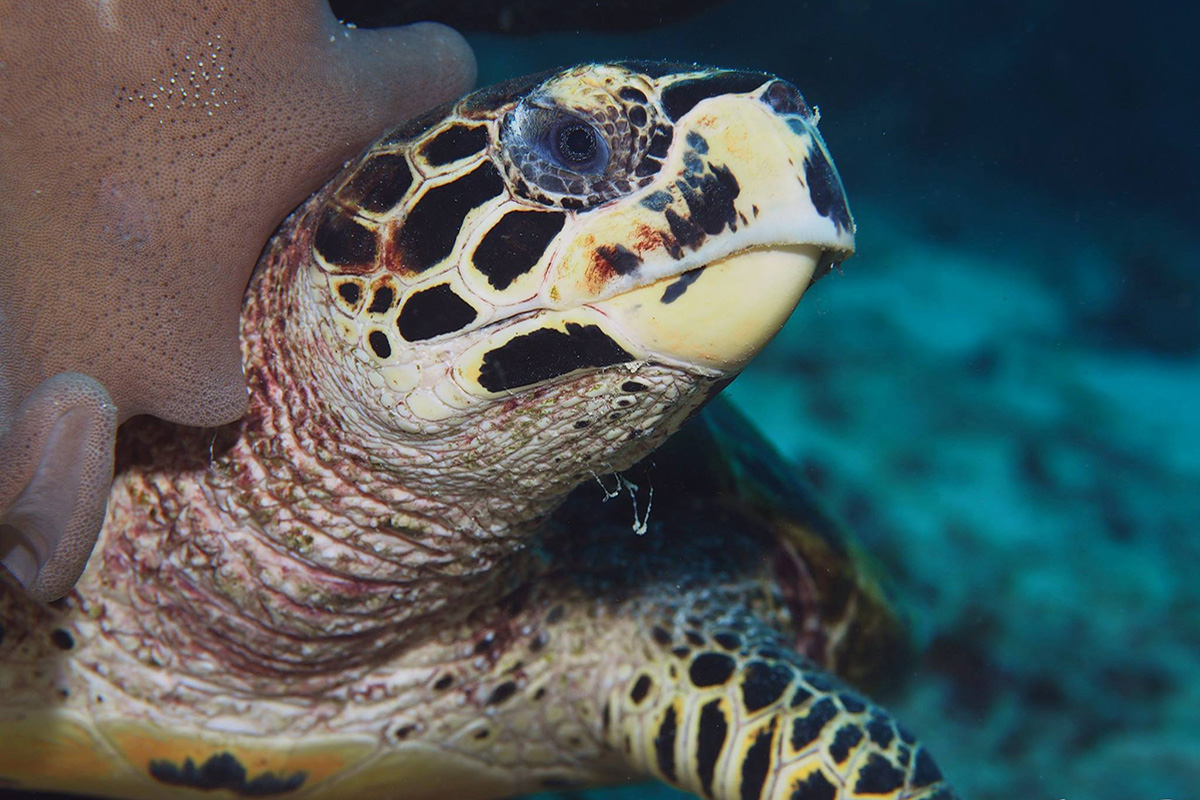
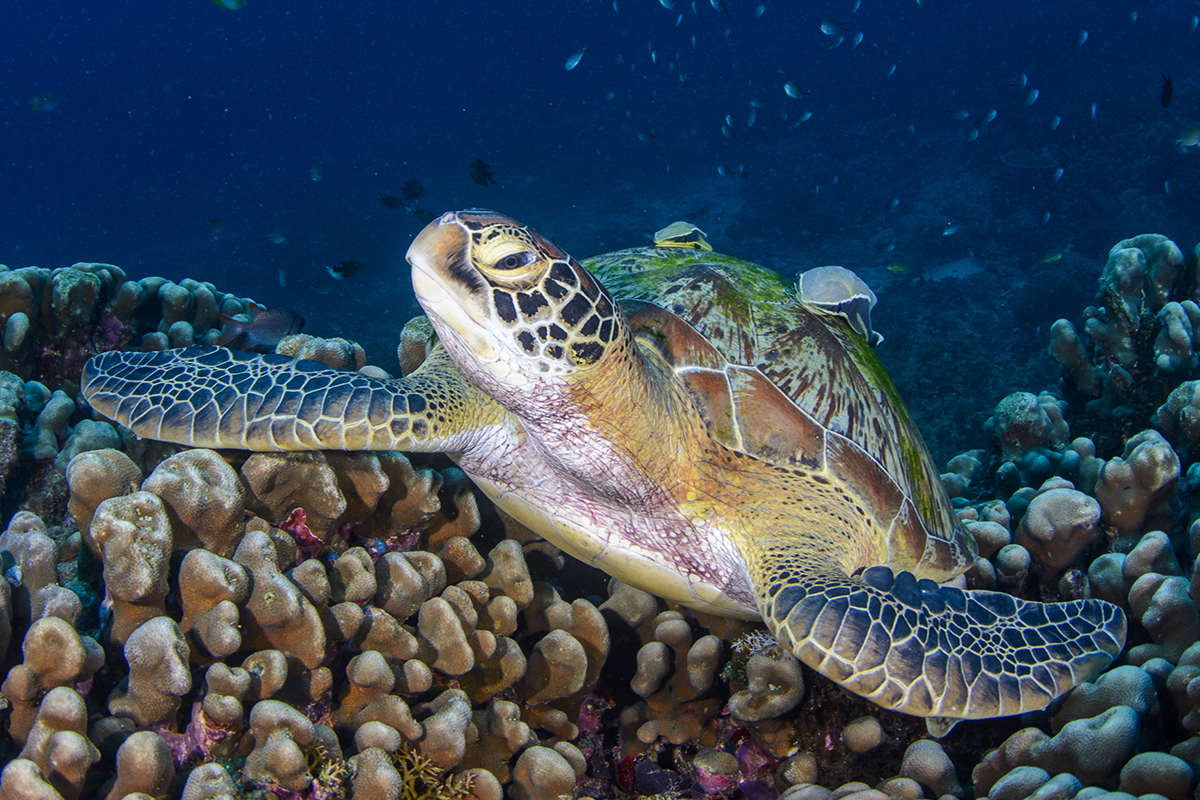
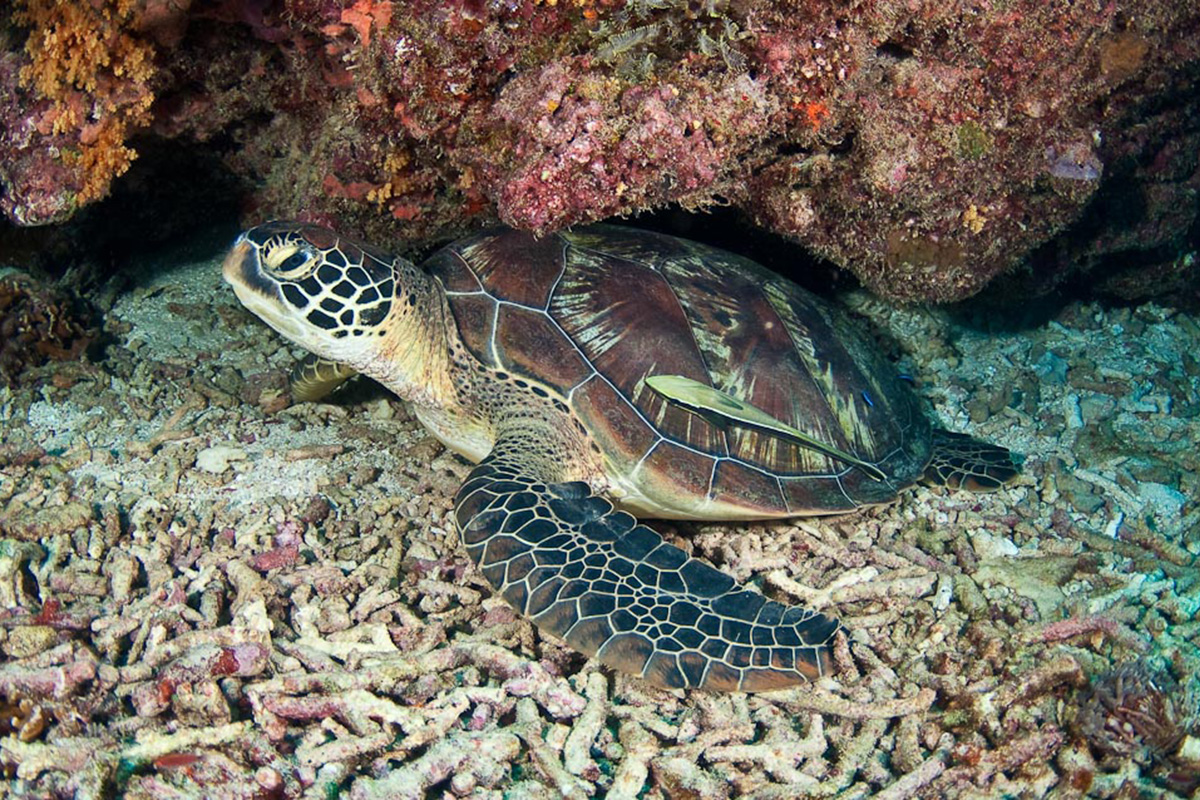
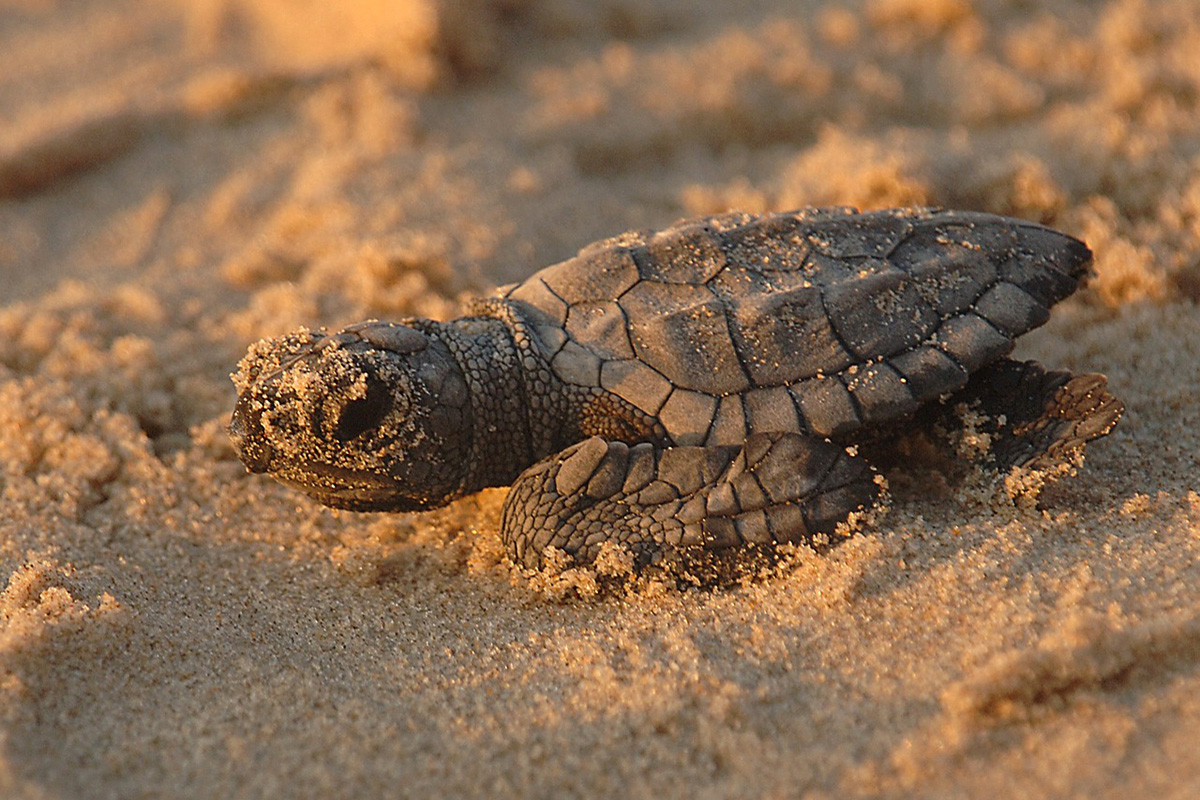

2 Comments
Hello, I would like to know if late September is a good time to visit Lombok / Gili Air to snorkel and view the turtles.
Many thanks
Hi Thea,
The best place to spot Sea Turtles is Gili Trawangan and you can see them all year round.
Please find more information here: An In Depth Guide to the Sea Turtles of Gili Trawangan